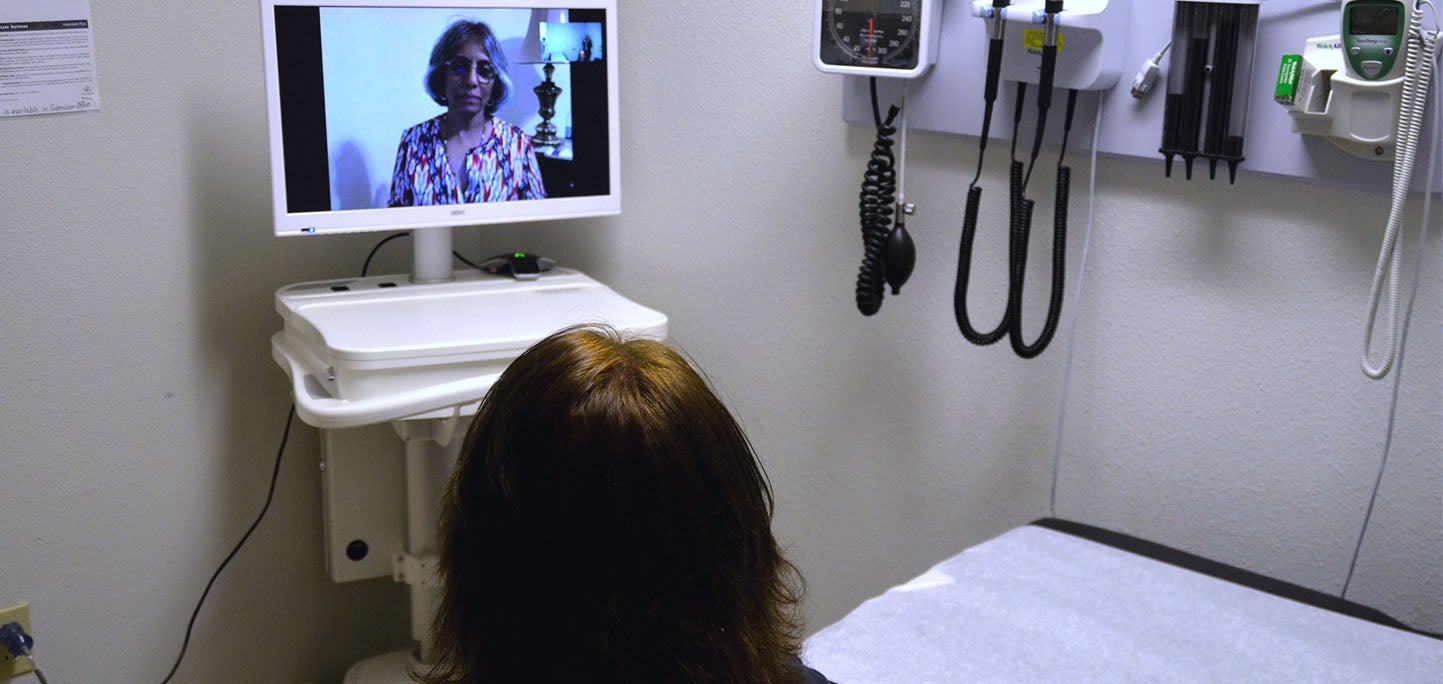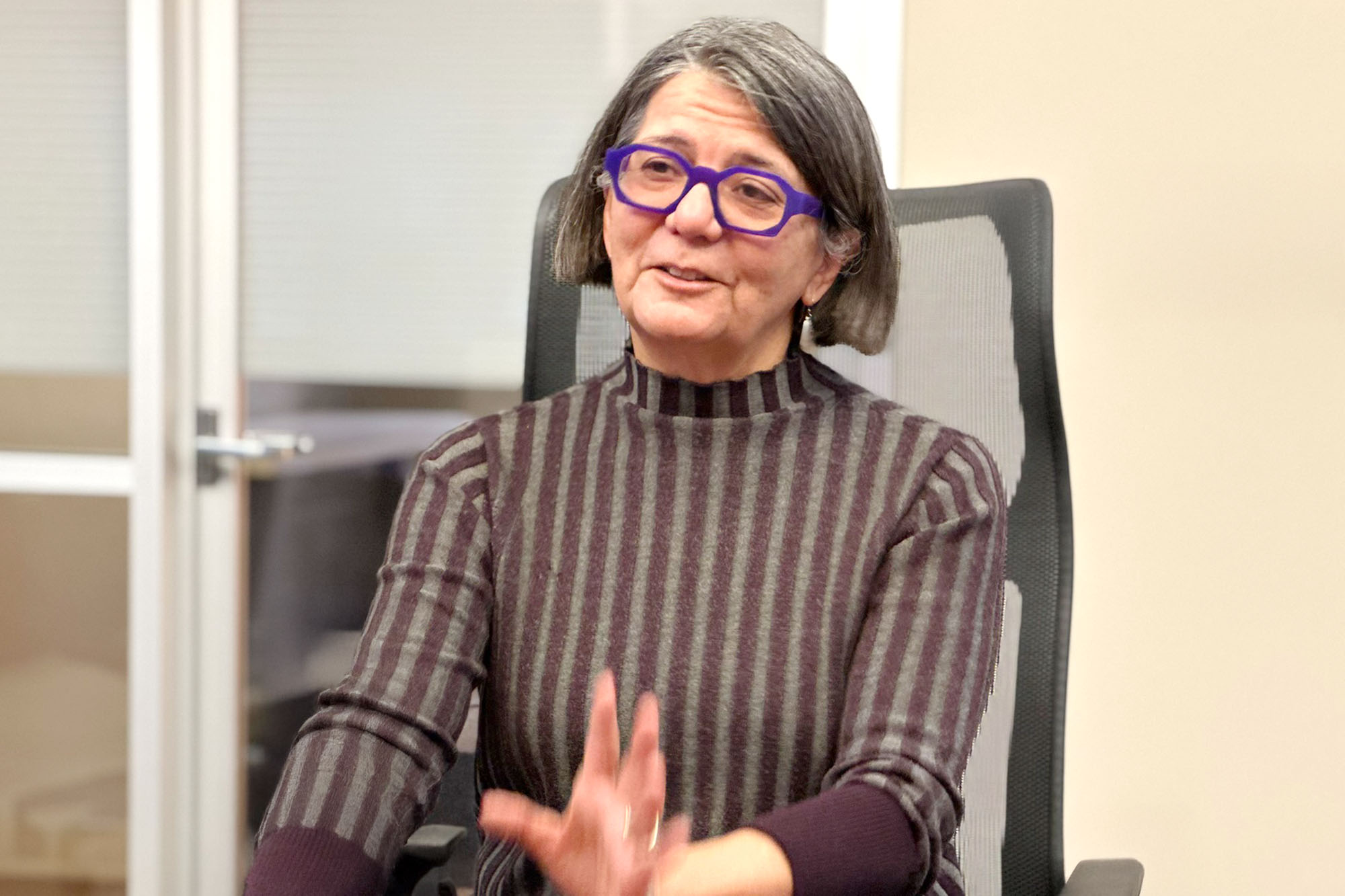CHCF has long recognized the potential of telehealth in community health centers (CHCs) to improve access to specialty care among Medi-Cal enrollees. While progress has been made, access to specialty care through telehealth for Medi-Cal enrollees lags behind access for many commercially insured populations, who increasingly use this technology for its convenience and effectiveness.
Financial sustainability has been the main barrier. Many CHCs struggle to find adequate staff time and the right workflows to integrate telehealth fully into daily operations, which keeps the number of telehealth visits low. Meanwhile, they face unique barriers to reimbursement. Working with Medi-Cal managed care plans and CHCs across the state, CHCF is implementing the initiative Sustainable Models of Telehealth in the Safety Net to overcome these challenges.
Partners
CHCF is partnering with the following three Medi-Cal managed care plans and nine CHCs, which serve primarily rural areas:
- Partnership HealthPlan of California is working with Open Door Community Health Centers, Shasta Community Health Center, and West County Health Centers.
- California Health & Wellness (health plan) is working with Ampla Health, Chapa-De Indian Health, and El Dorado Community Health Centers.
- Inland Empire Health Plan is working with Clinicas de Salud del Pueblo, Community Health Systems, and Neighborhood Healthcare.
In addition:
- The California Telehealth Resource Center (CTRC) provides technical assistance and training.
- The Center for Care Innovations (CCI) provides overall program management.
What Makes This Initiative Unique?
This initiative is informed by CHCF’s, and our partners’, years of experience working to spread telehealth in the safety net. It’s based on what has worked, and what has failed, to make telehealth financially sustainable at CHCs in the past. Key components include:
- Health plan participation For telehealth to spread in the safety net, Medi-Cal managed care plans have to invest and stay involved. Participating health plans are paying for specialty services via telehealth and are invested in expanding access through telehealth at participating CHCs.
- Telehealth coordinator Having a full-time, dedicated telehealth coordinator at the site of care can make all the difference. This person handles scheduling, preps patients and staff, troubleshoots technical problems, and serves as a vocal champion for patients. CHCF is funding these positions at the nine community health centers for the two years of the initiative.
- Peer learning and technical assistance Grantees have the opportunity to learn from one another’s experience, lift up promising practices, and engage in collective problem solving. They also receive expert technical assistance from CTRC, who has advised CHCs and other providers for many years.
The goal is for participating CHCs to increase their telehealth volume by approximately 1,000–2,000 visits per year, which should allow them to financially sustain the telehealth coordinator position after the end of the initiative.
Informing the Field
In 2018 and 2019 CHCF and CCI will share what we learn as this initiative is implemented:
- Telehealth coordinator curriculum CTRC will publish this curriculum so more CHCs can hire and use this position. It will be informed by the experiences of our grantees in utilizing this role, often for the first time.
- Evaluation An outside evaluator will assess the initiative’s impact on use, timely access to care, quality, costs, and patient satisfaction as well as operational issues like staffing, workflow, and provider experience. Through the evaluation, we hope to identify and share lessons learned that will inform future efforts.
- Patient stories We are highlighting how telehealth impacts the health of patients and the experience of providers. Watch our first story from Jill Hill, a patient at Chapa-De Indian Health.
Learn More
If you have questions, or would like to learn how your Medi-Cal managed care plan or CHC can get involved, contact Chris Perrone at CHCF or Veenu Aulakh at CCI.






